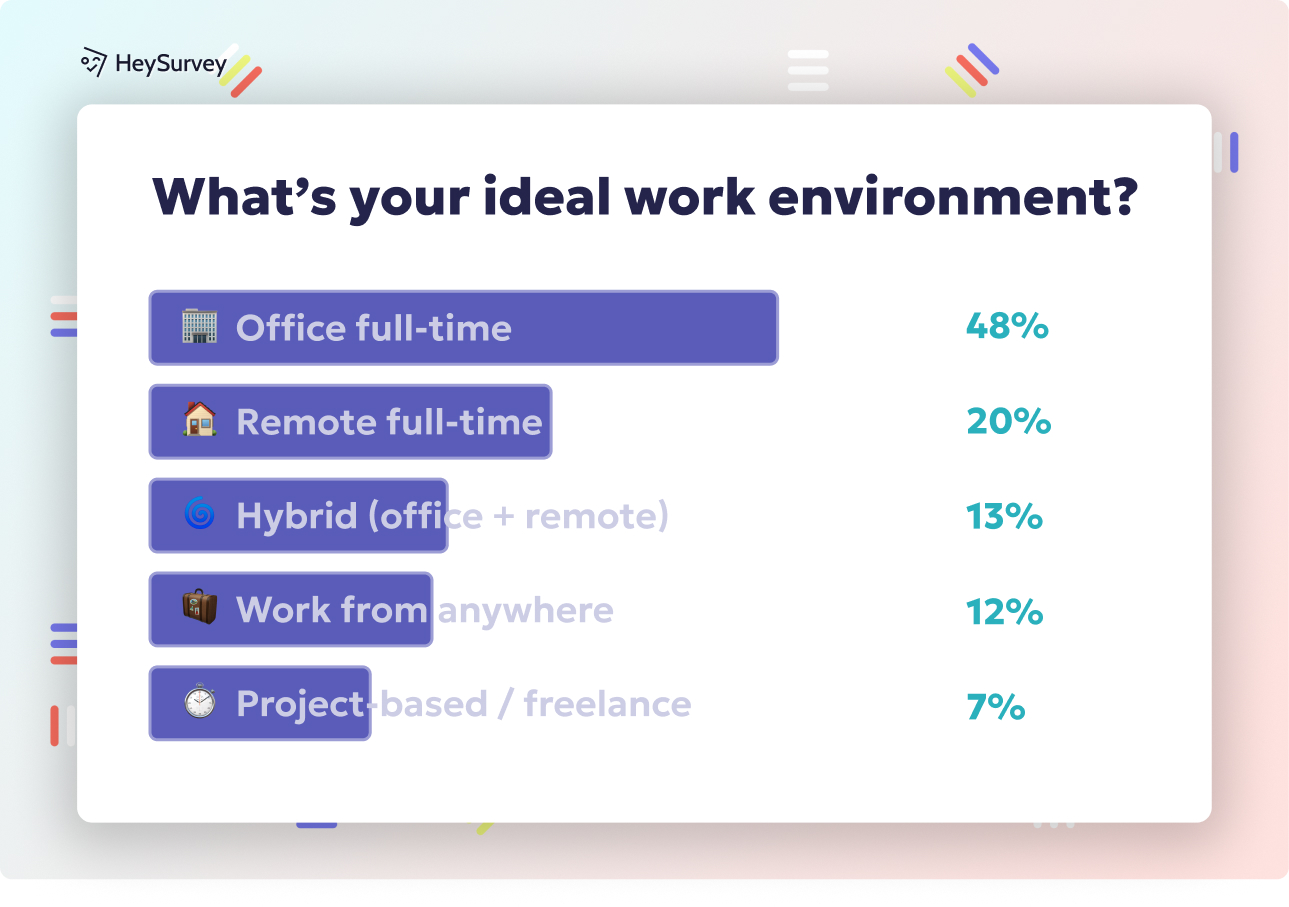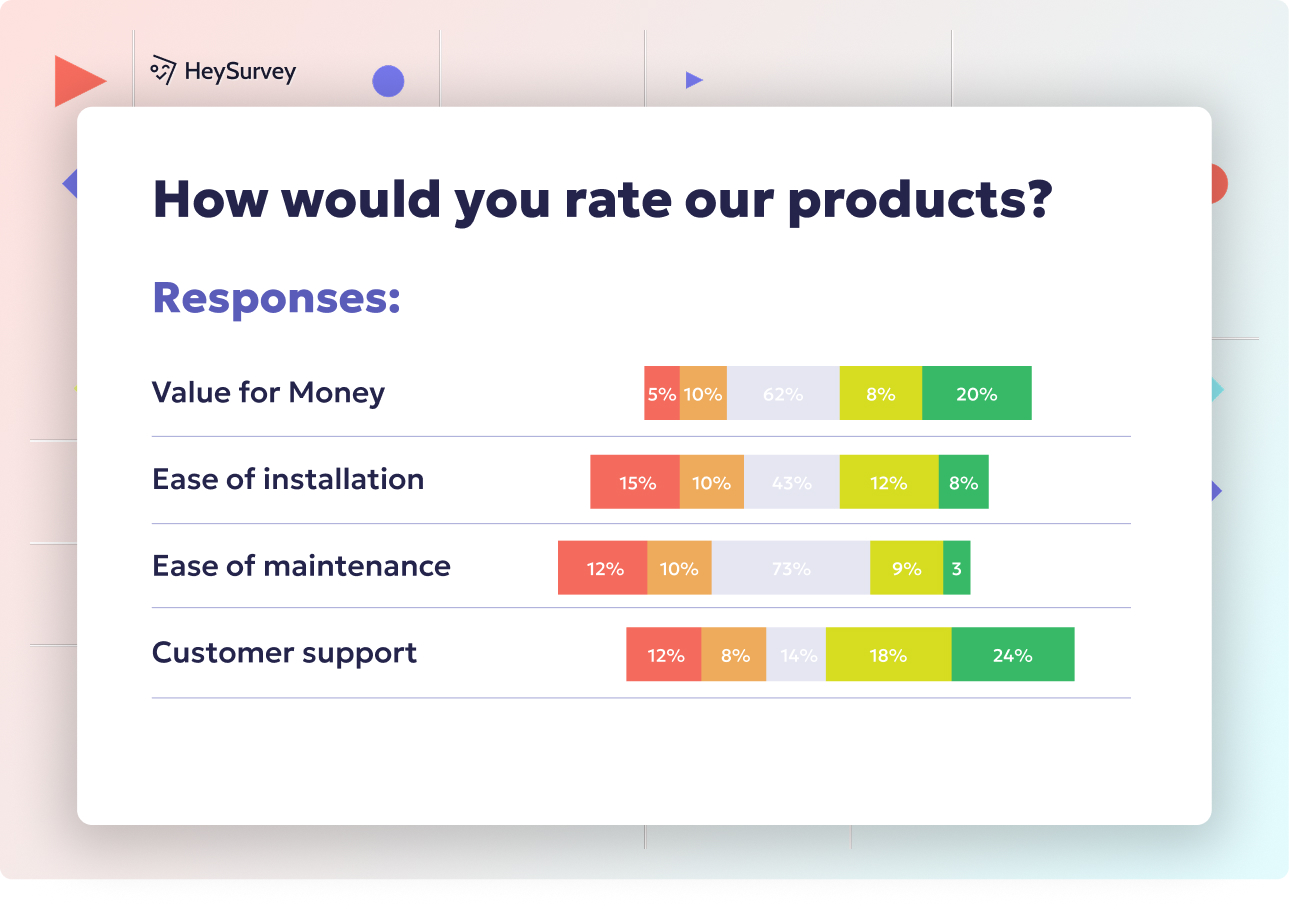25 Willingness to Pay Survey Questions to Optimize Pricing
Explore 30+ willingness to pay survey questions across top methods like Van Westendorp, Gabor-Granger, and Conjoint Analysis.
Introduction: The Strategic Value of Willingness-to-Pay Surveys
Understanding your customers' willingness to pay (WTP) is like having a treasure map to your pricing strategy. It guides you to the sweet spot where your product's value meets your customers' expectations. WTP surveys are essential tools that help in pricing, revenue forecasting, product-market fit, and competitive positioning. By tapping into these surveys, you can reduce pricing guesswork and boost your return on investment (ROI). This article delves into key survey methodologies—Van Westendorp, Gabor-Granger, Conjoint Analysis, Bidding/Auction-Based Surveys, and Contingent Valuation—to help you master the art of measuring willingness to pay.
Van Westendorp Price Sensitivity Meter
Why & When to Use
The Van Westendorp Price Sensitivity Meter is a quick and straightforward method to gauge acceptable price ranges. It's perfect for early-stage pricing validation, especially during new product launches or when testing a minimum viable product (MVP). This approach helps you understand the price points where your product is perceived as a bargain, acceptable, expensive, or too expensive.
5 Sample Questions
- At what price would you consider the product a bargain?
- At what price would you start to question the product’s quality?
- At what price does the product become expensive but still worth buying?
- At what price is the product too expensive to consider?
- How confident are you that these price points reflect your true opinion?
The Van Westendorp Price Sensitivity Meter, while simple and accessible, often yields biased results due to its hypothetical nature and lack of competitive context. (researchgate.net)
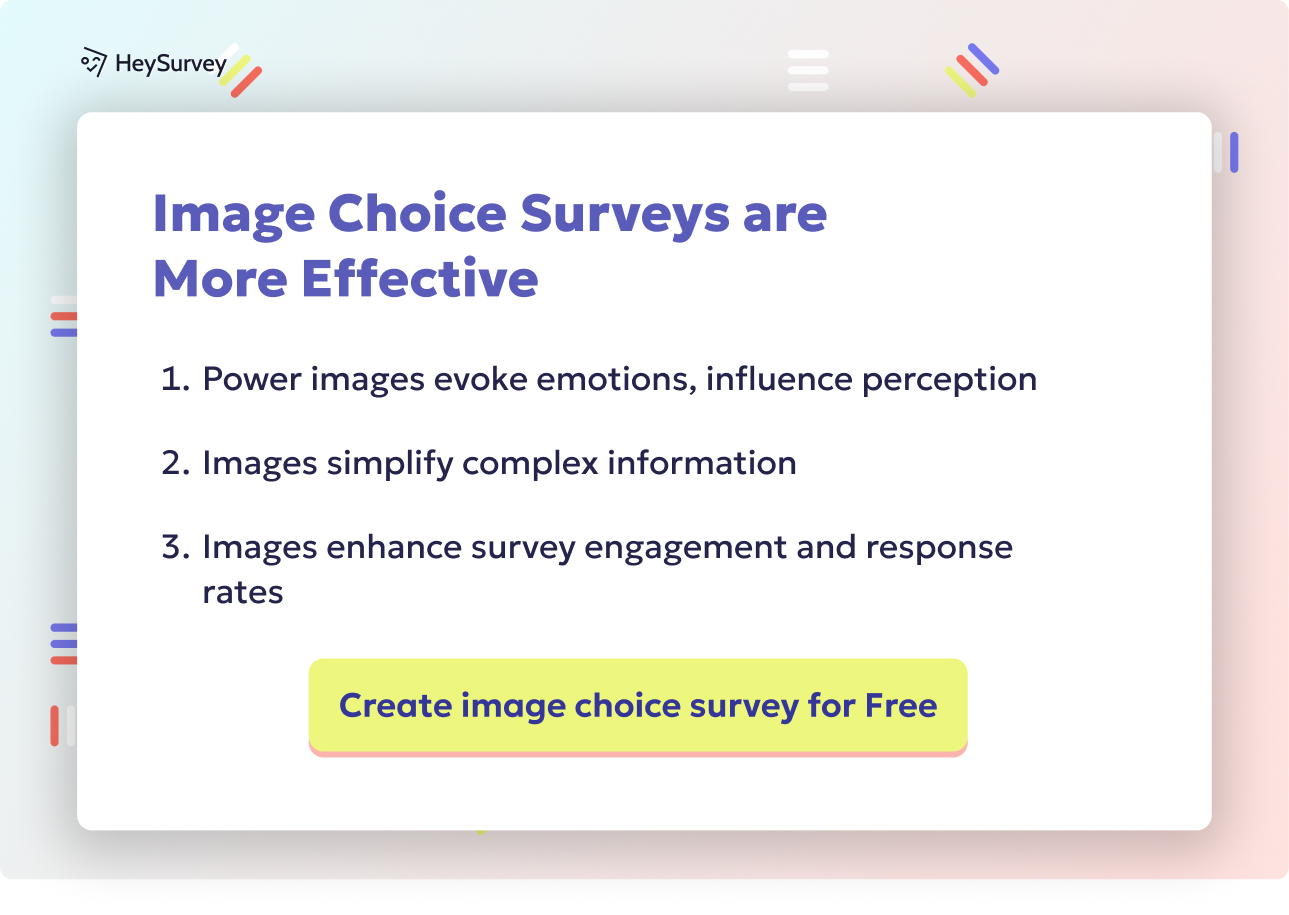
Creating a willingness-to-pay survey with HeySurvey is as easy as pie! Here’s a simple 3-step guide to get you started:
Step 1: Create a New Survey
- Head over to HeySurvey and click Create New Survey.
- You can start fresh with an empty sheet or pick a suitable template—for example, one tailored to pricing or product feedback—to save time.
- Name your survey something descriptive like “Willingness-to-Pay Survey” so it’s easy to find later.
Step 2: Add Your Questions
- Click Add Question to start building your survey.
- Use question types like Choice for price points, Scale for likelihood to buy, or Text for open-ended responses.
- Insert the sample willingness to pay questions we discussed earlier, such as “At what price would you consider the product a bargain?” or “On a scale of 1–7, how likely are you to purchase at $22.49?”
- You can make questions required to ensure you get complete data.
Step 3: Publish Your Survey
- Once your questions are in place, hit Preview to see how it looks to respondents.
- Adjust any design or wording as needed using the Designer Sidebar.
- When ready, click Publish to get your survey link that you can share via email, social media, or embed on your site.
Bonus Steps (Optional but Recommended):
Apply Your Branding
Add your company logo and customize colors and fonts in the Designer Sidebar to make your survey feel on-brand and professional.Define Survey Settings
Set start/end dates, response limits, and decide if you want respondents to see results after completion. You can also add redirect URLs to guide respondents once they finish.Use Branching to Personalize Experience
Set up branching logic so respondents see questions that matter most to them based on earlier answers, making the survey feel more relevant and improving data quality.
If you’d like to get started right away, try opening a WTP survey template with the button below and tweak it to your needs. HeySurvey makes it easy to measure your customers’ price sensitivity and willingness to pay—all without needing to be a survey pro!
Gabor-Granger Pricing Method
Why & When to Use
The Gabor-Granger Pricing Method involves testing different price points to determine the likelihood of purchase at each. It's ideal for refining a narrow price range after initial research and works well for incremental product upgrades or optimizing subscription tiers in Software as a Service (SaaS) models.
5 Sample Questions
- Would you buy Product X at $19.99?
- Would you buy at $24.99?
- What is the highest price you would definitely pay?
- What is the lowest price that makes you question quality?
- On a scale of 1–7, how likely are you to purchase at $22.49?
The Gabor-Granger method effectively determines the maximum price consumers are willing to pay by sequentially presenting different price points and assessing purchase intent at each level. (en.wikipedia.org)
Conjoint Analysis (Discrete Choice Experiments)
Why & When to Use
Conjoint Analysis evaluates how customers value different features of a product and their price sensitivity. It's ideal for complex products with multiple value-adding features and supports market segmentation and premium-feature pricing.
5 Sample Questions/Choice Tasks
- Choose between Bundle A and Bundle B at different prices—ask which they’d purchase.
- Include a “none” option to gauge opt-out rates.
- Vary features (e.g., storage 128 GB vs. 256 GB) and prices.
- Rank these three configurations from most to least attractive.
- How likely are you to buy each option on a 1–5 scale?
Bidding / Auction-Based WTP Surveys
Why & When to Use
Bidding/Auction-Based Surveys simulate real-world auctions where respondents 'bid' to reveal their maximum WTP. They're effective for scarcity-driven or collectible products and useful when secondary market data exists.
5 Sample Questions
- What is the maximum you would bid for Product X in an online auction?
- How would your bid change if shipping were free?
- Would you place an initial bid of $49 for this item?
- What is your walk-away price?
- On a scale of 1–10, how confident are you in your bid?
The Becker–DeGroot–Marschak (BDM) method is an incentive-compatible procedure used in experimental economics to measure willingness to pay (WTP). (en.wikipedia.org)
Contingent Valuation (Open-Ended or Payment Card)
Why & When to Use
Contingent Valuation asks respondents to state their monetary value for hypothetical scenarios, commonly used in public goods and SaaS. It's ideal when no market price exists (e.g., new digital service, social impact) and captures consumer surplus or philanthropic support.
5 Sample Questions
- What is the most you would pay monthly for unlimited access?
- Select the highest amount you’d pay from this list.
- How would your willingness change if the service donated 10% to charity?
- At what price would you cancel?
- How certain are you about the amount stated above?
Dynamic / Adaptive Pricing Surveys
Why & When to Use
Dynamic/Adaptive Pricing Surveys adjust the price shown based on previous answers to pinpoint the indifference price—the price at which a customer is equally likely to buy or not buy. They're great for e-commerce A/B testing simulations and personalized pricing, especially when sample size is limited but precision is needed.
5 Sample Questions
- Would you purchase at $30? (algorithm then raises/lowers)
- At $27, how likely are you to buy?
- What is the highest price that still feels fair?
- If we added free returns, would you pay $33?
- Rate your confidence in these prices on a 1–5 scale.
Best Practices: Dos and Don’ts for Willingness-to-Pay Surveys
Dos:
- Randomize price order: This prevents order bias and ensures more reliable data.
- Screen for target buyers: Ensure your respondents are your ideal customers to get accurate insights.
- Use confidence metrics: Ask respondents how confident they are in their answers to gauge data reliability.
- Keep currency consistent: Specify the currency to avoid confusion and ensure clarity.
- Pilot-test survey: Test your survey on a small group before full deployment to identify and fix issues.
Don’ts:
- Lead respondents: Avoid questions that suggest a particular answer to maintain objectivity.
- Ignore psychological price thresholds: Be aware of price points that significantly influence consumer behavior.
- Use only one method: Combining different methods can provide a more comprehensive understanding.
- Forget to segment responses: Analyze data by different customer segments for more targeted insights.
- Overload with jargon: Keep language simple to ensure respondents understand and engage with the survey.
Conclusion: Turning WTP Insights into Profitable Pricing Strategies
Armed with insights from WTP surveys, you can craft pricing strategies that resonate with your customers and boost your bottom line. Consider A/B testing different price points, developing tiered pricing models, or bundling products to maximize value. Remember, combining survey data with behavioral analytics can provide a more nuanced understanding of your customers' preferences. Ready to put these strategies into action? Download our pricing template or sign up for a demo to see how we can help you optimize your pricing approach.
Related Market Survey Surveys
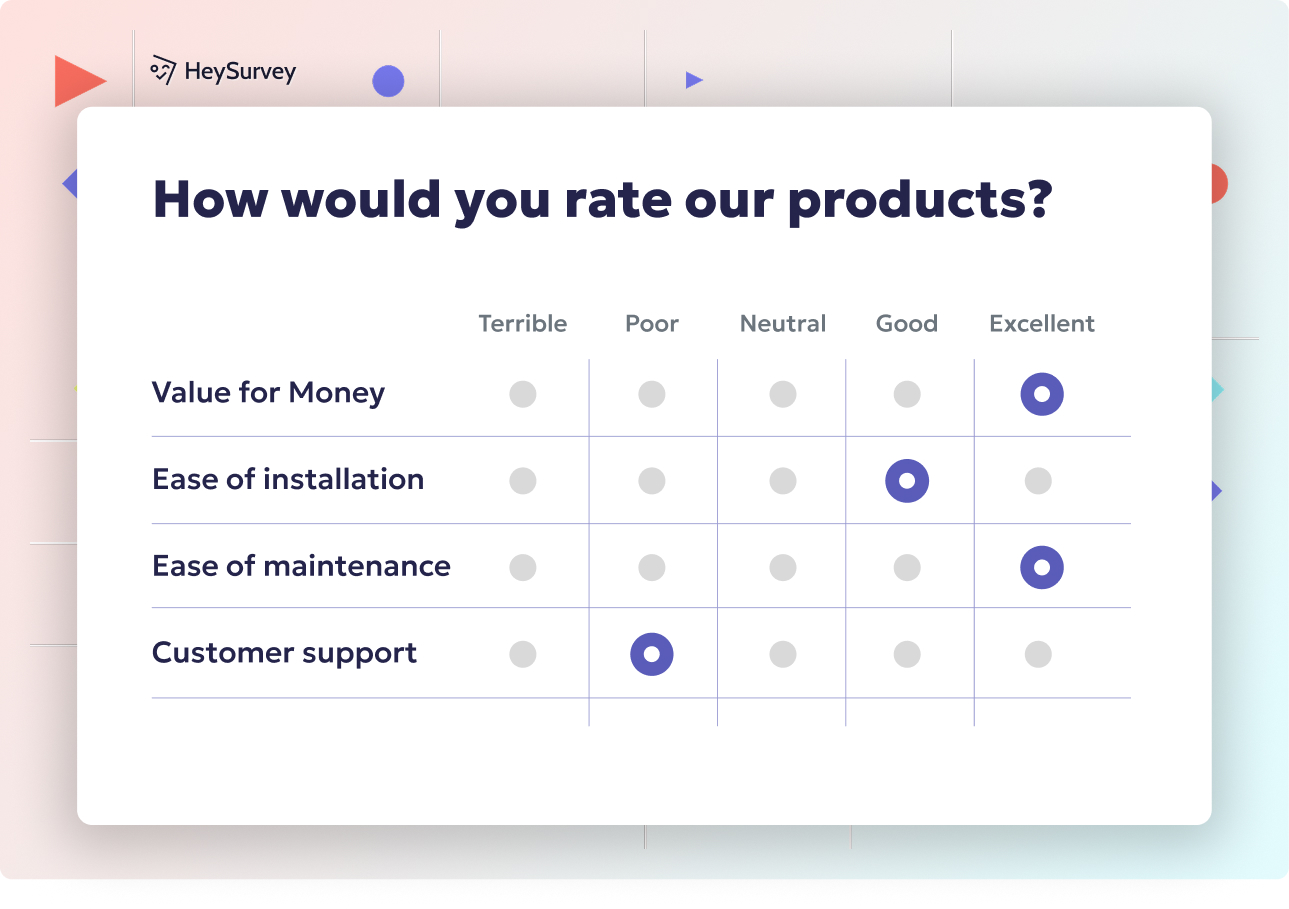
32 Market Research Survey Questions: Types, Samples & Tips
Explore 30+ market research survey questions with examples across types like CSAT, concept testin...

30 Coffee Survey Questions: The Complete Guide for Cafés & Brands
Discover 25+ expert coffee survey questions to boost cafés, product development, and brand insigh...
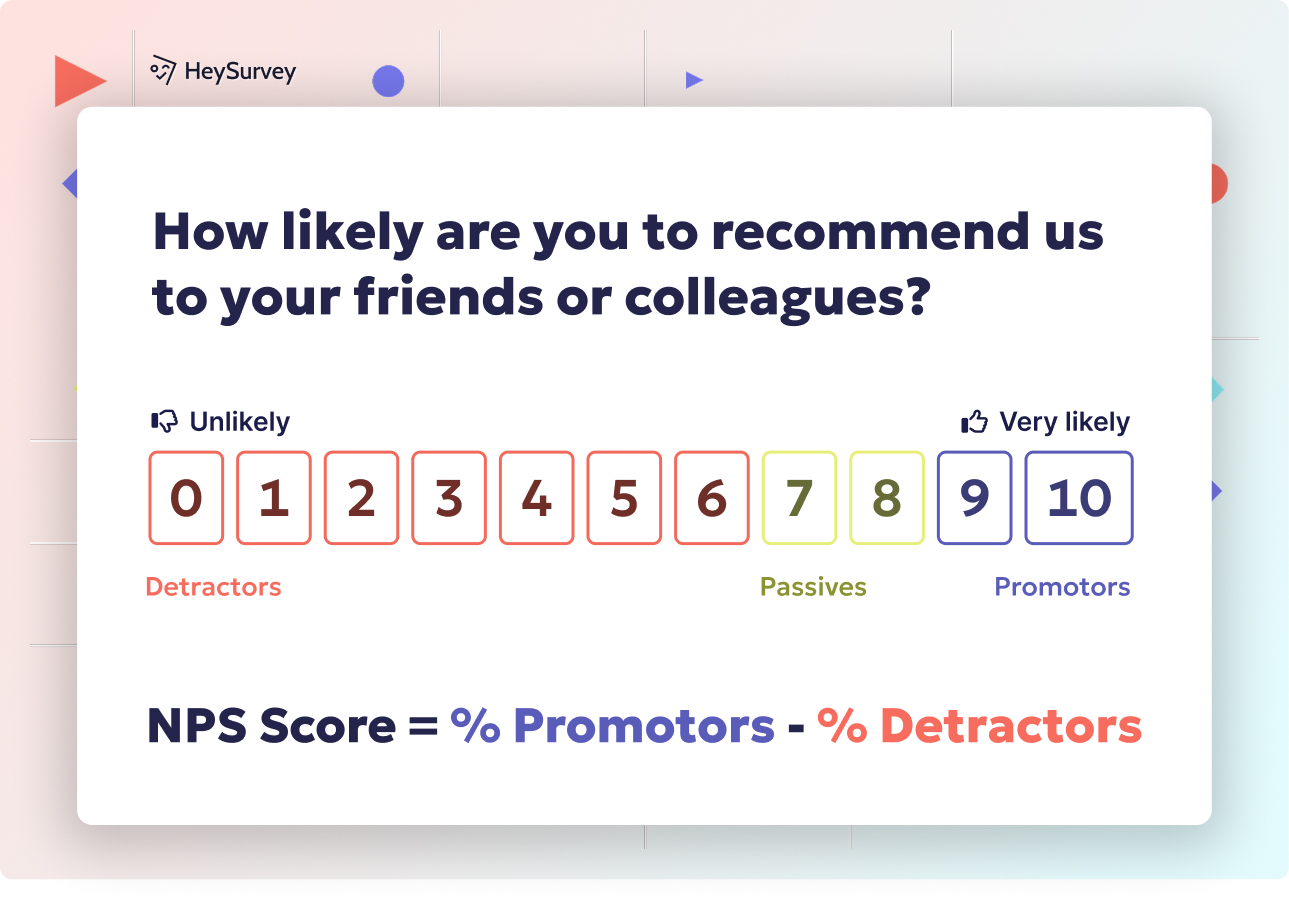
31 Content Marketing Survey Questions for Actionable Insights
Discover 25+ content marketing survey questions to gather actionable insights—boost audience alig...
